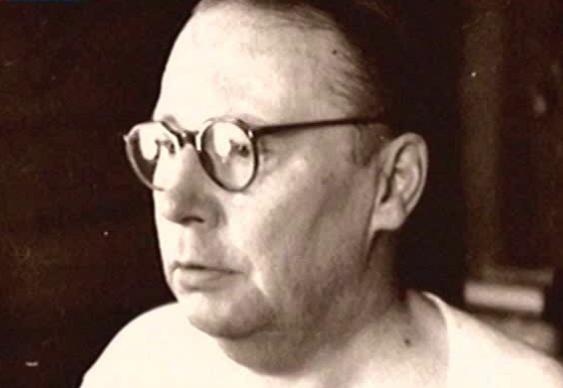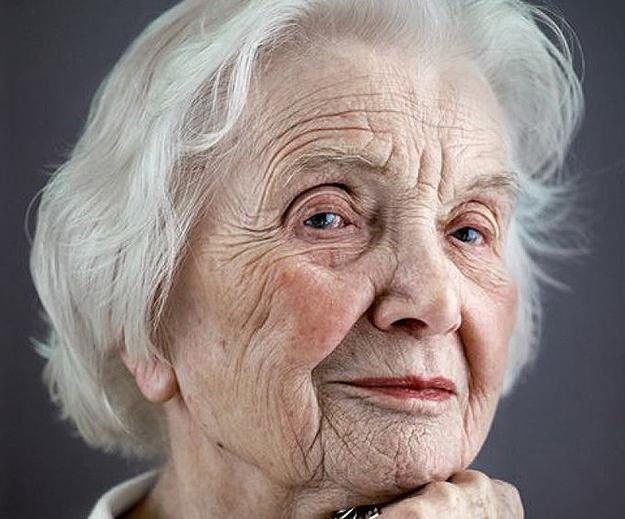A classic of Russian literature compared the eyes of a person with a mirror in which the soul is reflected. In itself, this simple optical device is not beautiful, we can only talk about its quality (evenness of the surface and the material of the inner coating). In extreme cases, we can talk about the frame - it, as a rule, corresponds to the style of decoration of the room. Beauty appears when someone looks in the mirror. Or does not appear. It is interesting to talk about the beauty of human faces. An analysis of the life path traveled by a person allows us to judge by his elusive signs about his mind, honesty, the trials that fell to his lot, and even about how worthily he overcame them. The poet N.A. Zabolotsky draws his own metaphorical analogies, comparing faces with buildings and guessing the residents from it.
Poet's life
Fate was not easy. The path to poetry began in childhood, which took place in the Kazan province. Father and mother were rural intellectuals, the boy read a lot and was fond of various fields of knowledge, from chemistry to painting. A vocational school, admission to Moscow University at once to two faculties, transfer to Petrograd, writing the first not very successful verses - all this was crossed out by the army service. Oddly enough, it was this mobilization (1926) and the hardships associated with it (they were not the worst, Zabolotsky served in St. Petersburg and actually went to the service as work) inspired the young (he was 23 years old) poet to write something for the first time serious. After the army, he worked at the OGIZ (later it was renamed the DetGIZ) at Marshak.
In 1938 he was arrested. This test was more serious than the army. They released it only in 1944, and after they arranged it, “Words on Igor's Regiment” was even allowed to live in the capital and restored to the joint venture. After the start of the "thaw," Nikolai Alekseevich felt a creative upsurge, which continued almost until his death. During his lifetime, four of his collections were published, the last of which included the poem “On the Beauty of Human Faces” written in 1955. An analysis of the author’s worldview gives reason to consider him a person who knew how to think figuratively and unconventionally.
At first and superficial glance it seems that the poet uses a fairly common method of contrasting. Here's something like this: there is a man who is beautiful, rich and healthy, but nasty and vile, and the other is his full antipode, crooked, oblique, ailing and poor, but his soul is indescribably magnificent.
Poetic physiognomy
No, Zabolotsky is not so simple. Comparing faces with majestic portals, then with high towers, he does not forget about the shacks, moreover they are miserable, perceiving them very critically. Who will like an ugly and untidy house? The analysis of the poem “On the beauty of human faces” evokes the memory of the famous aphorism of another classic, who claimed that everything should be beautiful in a person, including his face, not to mention his thoughts. It is human thoughts that color this silver coating, either saturating it with either heat and light, or immersing the spiritual mirror through the darkness. A good psychologist becomes a physiognomist, he just needs to look at his face, and he immediately understands who is in front of him - a sly, a liar or an honest fellow. It is just as easy to distinguish a clever girl from a fool. Probably, Zabolotsky argued something like this about the beauty of human faces. An analysis of this poem leads to the conclusion that the poet was a good physiognomist.

Age
If you believe the tagged French proverb, in youth a person wears the physiognomy received from God, in maturity the one that he managed to “do” himself, and in old age he is content with the one that he deserves. The initial external data does not depend on the person, he can be beautiful or not, tall or short, but you can and should create your own destiny and relations with other people. Analysis of the poem "On the beauty of human faces" suggests that it is written by a middle-aged man. Why? Yes, because in his youth, everyone is susceptible to appearance, so nature is arranged, including sexual. Only in maturity does a person most often understand that there are qualities more important than lubricity. Moreover, a face lacking wrinkles is more difficult to read. And after all, there are people who hide their thoughts more strictly than some treasures. Unlike true spiritual “diamond foundations,” such precautions are taken so that no one knows the terrible secret. In towers with narrow loopholes and dungeons with bars, emptiness is usually hidden. These are the metaphors used by the poet in the poem "On the beauty of human faces." The analysis is consistent with the sad realities. Zabolotsky wrote this poem three years before his death. True, he was only 52 years old, but a difficult life usually contributes to the acquisition of rich life experience.

Whose windows pleased Nikolai Alekseevich?
Comparing someone’s face with a “small hut,” the poet mentions the windows from which spring heat flows. This home is defined as unpretentious and not rich. If that (or that) would recognize himself in such a portrait, then perhaps this would cause even a certain offense. Who wants to declare themselves ugly? An analysis of Zabolotsky’s verse “On the beauty of human faces” suggests that despite the reference to personal experience (“I used to know”), the holder of such beautiful and warm “windows” of the eye will remain unknown to the reader.
Enthusiastic final lines
At the end of the poem, N. A. Zabolotsky completely departs from architectural analogies. He is no longer interested in towers, casemates, or magnificent palaces - they lack true beauty, as well as in miserable sloppy shacks, whose owners do not care about order and comfort. He just wants to express his opinion about the beauty of human faces. An analysis of the finale unambiguously indicates an upbeat and optimistic mood of the author at the time of writing these lines. He is attracted to heavenly heights, shining notes, the sun and jubilant songs. It is with such sublime artistic images that the poet wants to compare the most beautiful faces. It is these people that he wants to see around.